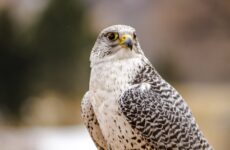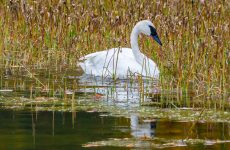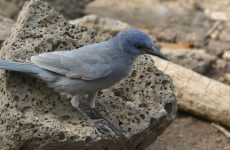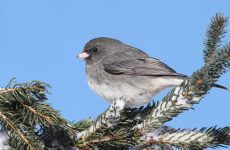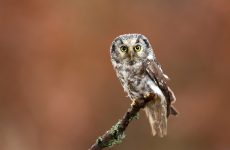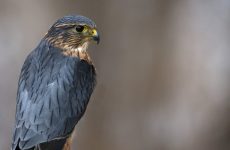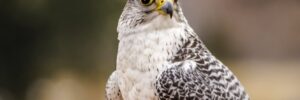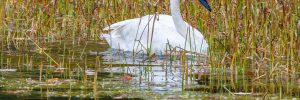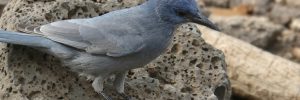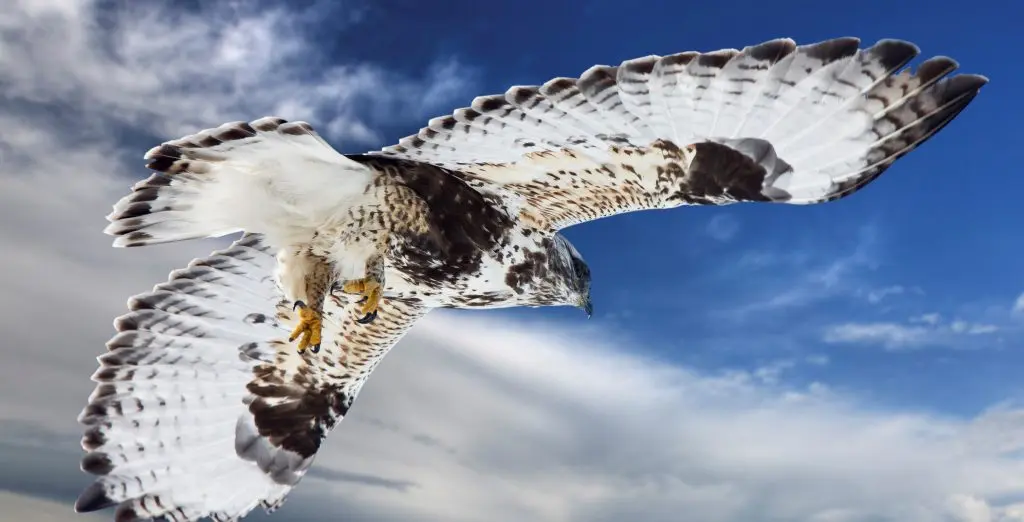
Hawks are birds of prey and hunt and eat birds and small mammals, snakes, and frogs. They can see ultraviolet light, which helps them hunt down their prey.
There are 10 species of hawks recognized on state checklists as regularly occurring in Nebraska, and an additional species is considered rare or accidental.
To find Hawks head to woodland for the smaller hawks such as the Sharp-shinned Hawk and Cooper’s Hawk or open grassland, marshes, or high ridges for the larger species.
If you enjoy finding out about birds of prey in Nebraska then you should check out all the eagles and vultures you can spot here.
This guide will help you identify the species of hawks in Nebraska according to avibase and ordered by the number of sighting recorded on ebird. Some of these birds migrate, and some remain all year, and this information is included for each species.
Hawks that are more common in summer include the Swainson’s Hawk, and hawks that are more common in winter are Red-tailed Hawk and Rough-legged Hawk.
There are 11 species of Hawk in Nebraska:
- Red-tailed Hawk
- Northern Harrier
- Cooper’s Hawk
- Swainson’s Hawk
- Rough-legged Hawk
- Sharp-shinned Hawk
- Broad-winged Hawk
- Ferruginous Hawk
- Red-shouldered Hawk
- Northern Goshawk
- Zone-tailed Hawk
The 11 Species of Hawk in Nebraska:
1. Red-tailed Hawk
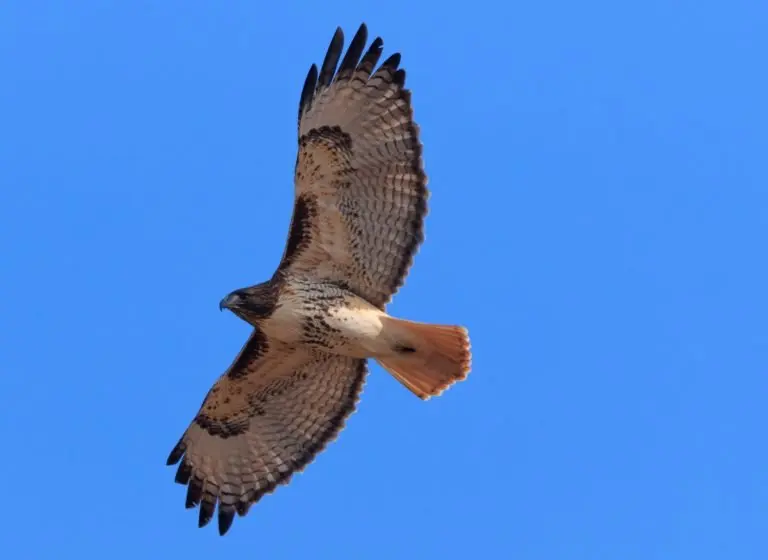
During summer and winter, red-tailed Hawks are the most frequently spotted hawks in Nebraska. They appear in 15% of summer checklists and 26% of winter checklists submitted by bird watchers for the state.
Their numbers increase during winter, between September and April, due to birds flying in from breeding grounds further north and increasing the population of resident birds.
As their name suggests, Red-tailed Hawks have a distinctive short, wide red tail. They are large, with broad, rounded wings. Most Red-tailed Hawks are brown on the back and pale underneath.
They are also the easiest to spot, often on long car journeys, as they circle slowly over open fields looking for prey such as small mammals, birds, and reptiles. You can also see them perched on telephone poles.
Male
- Length: 17.7-22.1 in (45-56 cm)
- Weight: 24.3-45.9 oz (690-1300 g)
- Wingspan: 44.9-52.4 in (114-133 cm)
Female
- Length: 19.7-25.6 in (50-65 cm)
- Weight: 31.8-51.5 oz (900-1460 g)
- Wingspan: 44.9-52.4 in (114-133 cm)
Red-tailed Hawk Call:
The high-pitched descending raspy-screech sound of the Red-tailed Hawk is often used in movies for all birds of prey.
Red-tailed Hawks remain resident in the US and Mexico, but those birds in Alaska, Canada, and the northern Great Plains fly south for winter.
Nests are high in tall trees, cliff ledges, and sometimes on tall buildings or towers. They lay 2-3 whitish, brown-spotted eggs.
2. Northern Harrier
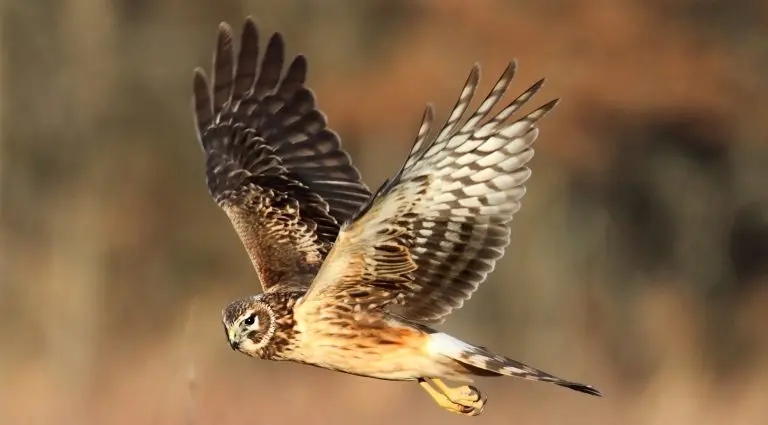
Northern Harriers are more commonly seen in Nebraska during winter, from mid-August until June. They are the third most frequently spotted hawks in winter and appear in 5% of checklists.
Some birds remain in the state all year, but many migrate north to breeding grounds. Their numbers also increase here during the spring and fall migration in March and October.
Northern Harriers are slender with long broad wings and are between the size of a crow and a goose. They often fly with the tips of their wings higher than their bodies in a v-shape.
Females are brown, and males are gray above and white below, and they have a white rump patch.
- Length: 18.1-19.7 in (46-50 cm)
- Weight: 10.6-26.5 oz (300-750 g)
- Wingspan: 40.2-46.5 in (102-118 cm)
Northern Harriers that breed in Alaska, Canada, the northern Great Plains, and the Northeast before migrating south for the winter to southern states, Mexico and Central America. Those in the middle of the range remain all year.
This slim, longed-tailed hawk can be seen gliding low over grassland or marshes.
Northern Harriers mostly eat small mammals and small birds. They nest on the ground in dense vegetation such as reeds, willows, or brushtails. They lay 4-5 dull white eggs.
3. Cooper’s Hawk
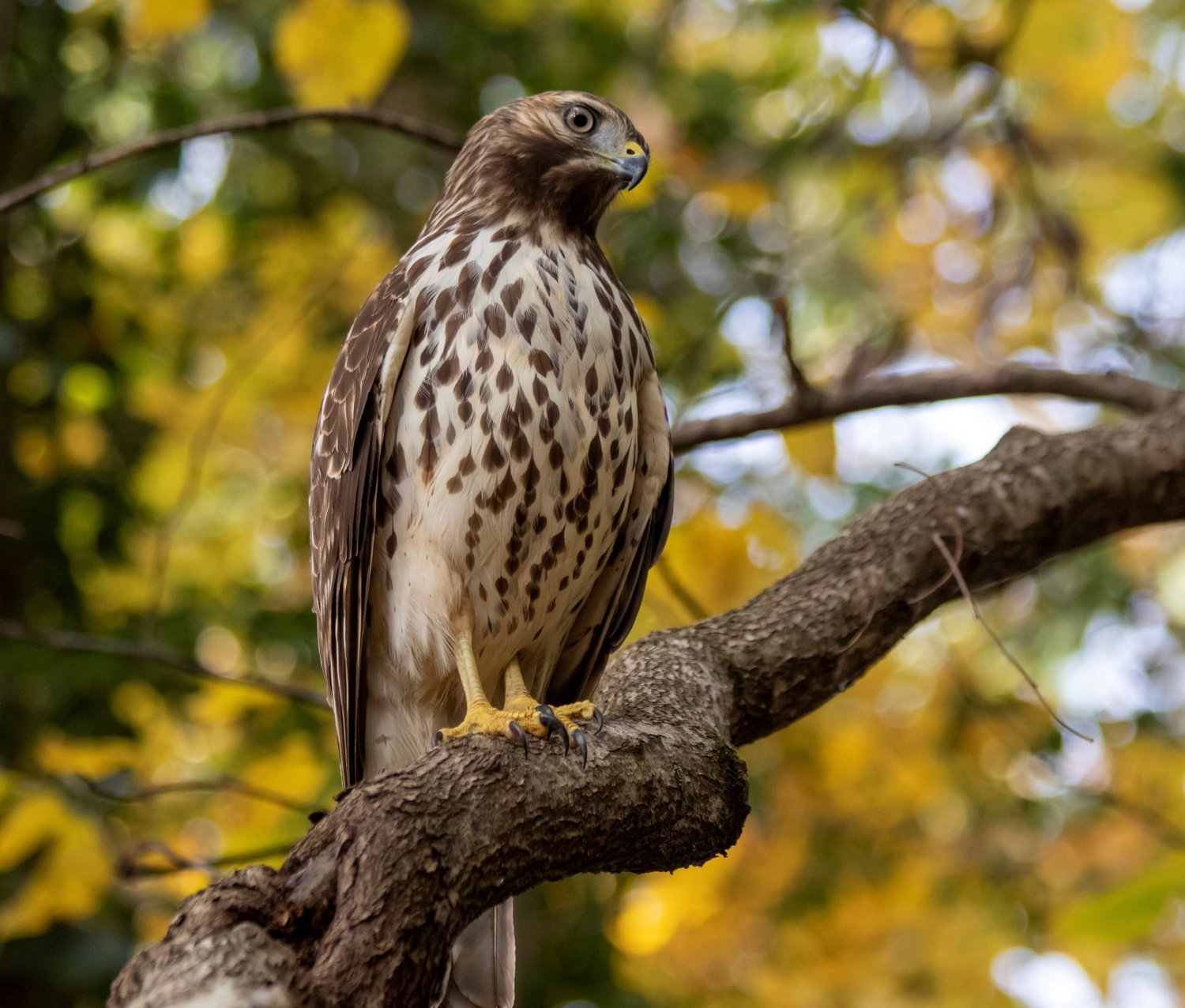
Cooper’s Hawks are residents of Nebraska all year. They are the third most frequently spotted hawks in summer, appearing in 2% of checklists submitted by bird watchers.
In winter, they are recorded in 3% of checklists as additional birds migrate into the state from breeding grounds further north.
The Cooper’s Hawk looks very similar to the Sharp-shinned Hawk but is bigger at about the size of a crow. They can be hard to identify between them as they have the same blue-gray back and red-orange breast and also with dark bands on the tail.
They have a larger head that projects well beyond the wings, unlike the Sharp-shinned Hawk.
Male
- Length: 14.6-15.3 in (37-39 cm)
- Weight: 7.8-14.5 oz (220-410 g)
- Wingspan: 24.4-35.4 in (62-90 cm)
Female
- Length: 16.5-17.7 in (42-45 cm)
- Weight: 11.6-24.0 oz (330-680 g)
- Wingspan: 29.5-35.4 in (75-90 cm)
Cooper’s Hawks remain resident over most of the US, but some in the north of the range, including Canada, migrate south for the winter down as far as Mexico and Honduras.
Look out for them at the edge of forests, but they can also be seen at feeders looking for an easy meal.
They feed on medium-sized birds and small mammals and nest in tall trees, often on top of an old nest of a large bird or clump of mistletoe. They lay 2-6 pale blue to bluish-white eggs.
4. Swainson’s Hawk
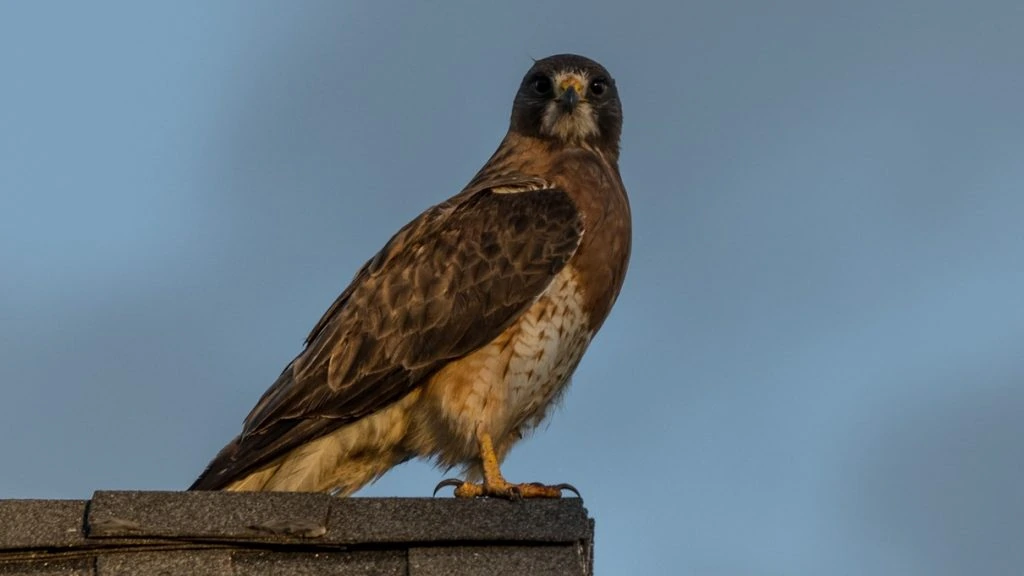
In summer, Swainson’s Hawks are the second most frequently spotted hawks in Nebraska, and they appear in 3% of checklists. They are seen from April to October and then start their long migration south for winter.
Swainson’s Hawks are long-winged hawks with short tails and pointed wingtips. They are usually brown or gray mottled on the back and with lighter bellies and brown or red chests.
When in flight, you can see the contrast between the black flight feathers on the lower edges of the wings and tips and the white upper part of the wing (called the linings).
- Length: 18.9-22.1 in (48-56 cm)
- Weight: 24.4-48.2 oz (693-1367 g)
Swainson’s Hawks can be found in open country in the West and over the Great Plains in the summer before heading to South America for winter in large flocks, reaching into the thousands. They breed as far as British Columbia and Alaska and in the West from the Pacific to the Midwest.
May and September are the best times to see these hawks as they migrate long distances and are famous for providing spectacular displays in the tens of thousands of birds during the day.
Swainson’s Hawks hunt for rodents by perching on any high points, such as utility poles or fences, making them easier to spot in the relatively flat lands where they hunt. If no high points are available, they may be found on the ground in grassland and fields, hunting for insects.
They may also eat Burrowing Owls in areas where they are abundant, but they are not fussy and eat anything from snakes and lizards to bats, mice, and rabbits or crickets and dragonflies.
There are not many nest sites in the open country for Swainson’s Hawks, so they use any trees near fields or low mesquite bushes and power poles. The nests are a large collection of twigs and sticks and can be up to 2 feet wide and up to a foot high. The inside of the nest is lined with softer material, such as dung, bark, wool, and grass.
5. Rough-legged Hawk
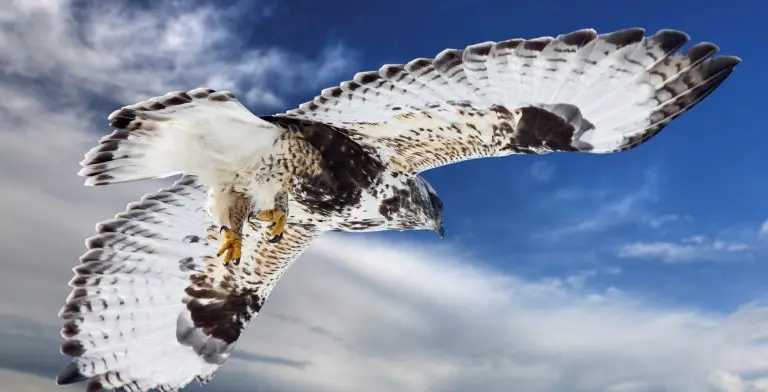
In winter, Rough-legged Hawks are the second most frequently spotted hawks in Nebraska and appear in 5% of checklists.
They are seen here from October to March, and then they fly north for the breeding season.
The feathered legs give the Rough-legged Hawks their name and help to keep them warm in the arctic. They are fairly large hawks, between the size of a crow and a goose.
This predominantly dark-drown species occurs in light and dark forms, with dark patches at the bend of the wing, end of their tails, and across the belly. They have broad wings that are relatively long and narrow compared to other hawks.
- Length: 18.5-20.5 in (47-52 cm)
- Weight: 25.2-49.4 oz (715-1400 g)
- Wingspan: 52.0-54.3 in (132-138 cm)
Rough-legged Hawks breed in Alaska and northern Canada before migrating to the US for winter. They are usually sighted hovering over marshes and open fields or perched on a pole.
Lemmings and voles provide most of the prey for Rough-legged Hawks. Voles, mice, ground squirrels, and other small mammals provide winter prey in states such as West Virginia. Nests are usually on a high cliff ledge, and they lay 3-5 pale bluish-white eggs.
6. Sharp-shinned Hawk
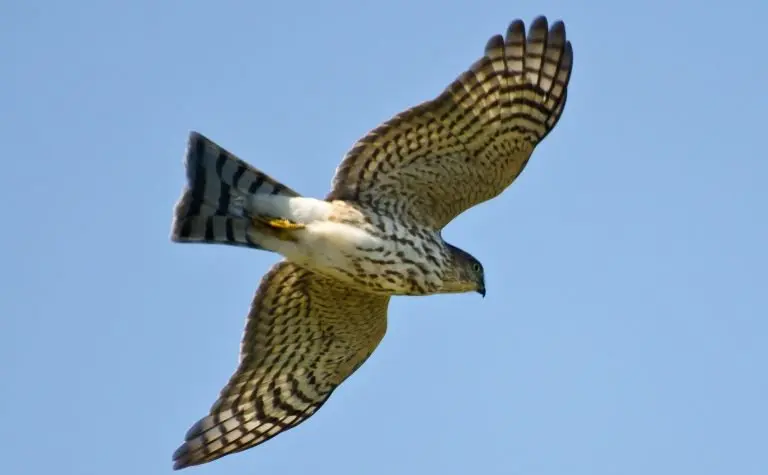
Sharp-shinned Hawks are most likely to be seen in Nebraska during winter, from September to April, and appear in 2% of winter checklists. Then they fly north for their breeding season.
Adult Sharp-shinned Hawks are small hawks with blue-gray across the back and red-orange breasts. They have dark bands across their tails.
The females are a third larger than the male. They have long square-ended tails, short rounded wings, and small heads.
- Length: 9.4-13.4 in (24-34 cm)
- Weight: 3.1-7.7 oz (87-218 g)
- Wingspan: 16.9-22.1 in (43-56 cm)
Sharp-shined Hawks that breed in Canada and some northern states migrate south. Those birds in the Appalachians and Western Mountains may remain all year.
Sharp-shined Hawks are very secretive but can be seen as they fly across open areas at the edges of forests. They are very agile and can speed through dense woods to catch their prey in flight, usually songbirds.
They can sometimes be seen near feeders catching small birds, but if you have problems with them in your backyard, remove the feeder for a few weeks.
Sharp-shinned Hawks pluck their prey on a stump or low branch before eating it. They usually eat songbirds about the size of a robin.
Nests of the Sharp-shinned Hawk are often in conifer trees in dense cover, usually towards the top of tall trees. The nest is quite large, being 1-2 feet in diameter and 4-6 inches deep. They lay 3-8 white or pale-blue mottled eggs.
7. Broad-winged Hawk
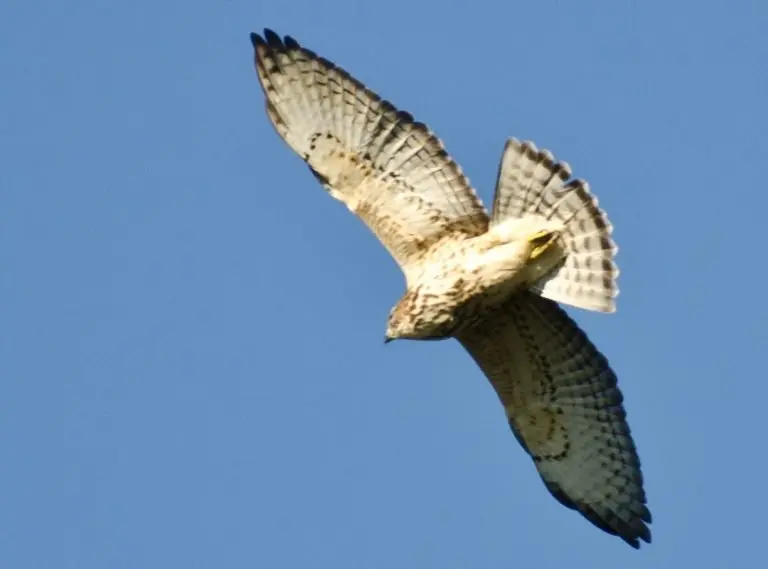
Although not very common, Broad-winged Hawks are only seen in Nebraska during summer, from April to September, for their breeding season. They are mostly spotted in the east the state.
The Broad-winged Hawk is a compact, stocky bird between the size of a crow and goose. They have reddish-brown heads, barred breasts, and narrowly banded short square tails.
- Length: 13.4-17.3 in (34-44 cm)
- Weight: 9.3-19.8 oz (265-560 g)
- Wingspan: 31.9-39.4 in (81-100 cm)
Broad-winged Hawks breed in the Eastern US and Canada before migrating in large numbers to Central, and South America in a swirling flock called a kettle. As a result, the migration in the fall is often the best chance to see them.
Hunting from a perch, often on the edge of woods or water, these hawks eat small mammals, frogs, snakes, and even young turtles.
The Broad-winged Hawk often reuses the nest of another animal, such as a crow or squirrel, and lays 2-3 whitish eggs.
8. Ferruginous Hawk
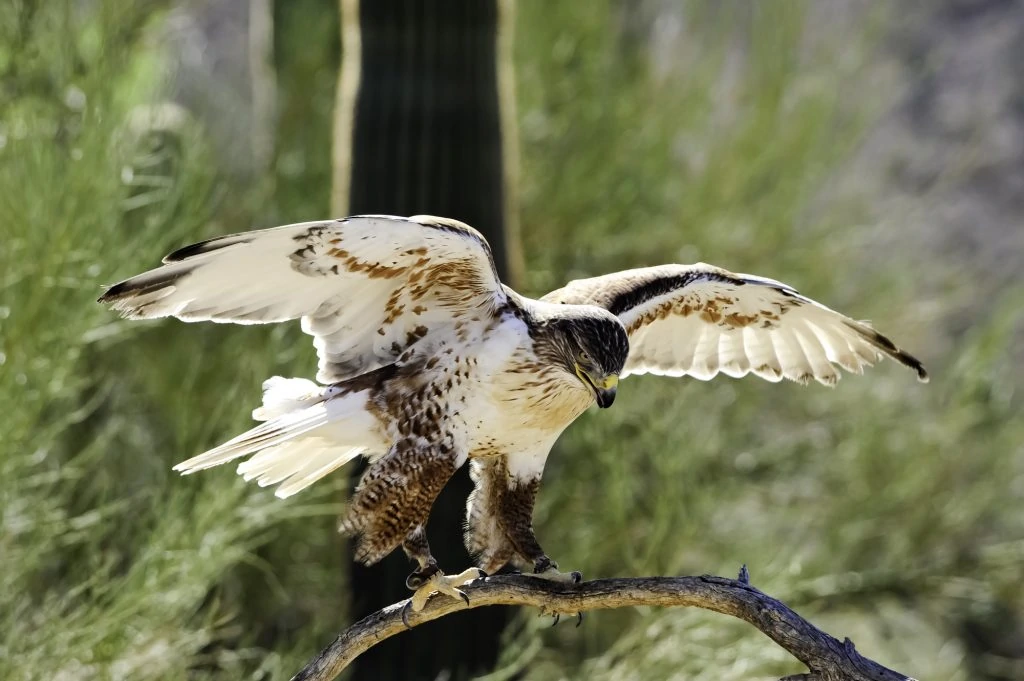
Ferruginous Hawks are rare in Nebraska, but they can be seen in the west of the state.
Ferruginous Hawks are the largest hawks in North America. They have large heads and long wings. To make identification harder, they come in a light and a dark morph, which can vary quite considerably in the color pattern.
The more common light morph Ferruginous Hawks are white underneath on the wings, belly, and head. Their backs and the upper side of the wings are a rusty brown, and they have darker legs. Immature light morphs have more brown spotting on the belly and legs.
Dark morphs are much rarer, and they have brown bellies and under the wings, except for white flight feathers on the wingtips and tail.
- Length: 22.1-27.2 in (56-69 cm)
- Weight: 34.5-73.2 oz (977-2074 g)
- Wingspan: 52.4-55.9 in (133-142 cm)
Ferruginous Hawks are another species of hawk that lives in the open country of the West. They breed as far north as Southern Canada and down to Nevada and Utah. In winter, they move short distances to Southern States and Mexico. Some birds may remain residents all year in the middle of their range.
You can spot Ferruginous Hawks in grassland and shrublands in the low country. They do not cross the Rockies, even when migrating. Small mammals make up the majority of their diet, and depending on what is available, they eat jackrabbits and cottontail rabbits in the West and ground squirrels and prairie dogs in the East.
They are daytime hunters and hunt both on the wing and by perching or even hunting on the ground.
Their nests are very large and can measure 3 feet high and 3 feet across, and they can lay up to 8 eggs.
9. Red-shouldered Hawk
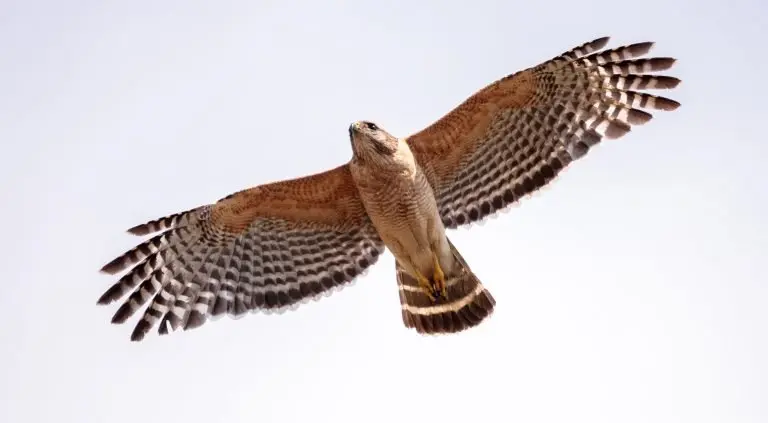
Red-shouldered Hawks are very rare in Nebraska, but they were spotted in the eastern border.
Red-shouldered Hawks are distinctly marked, with dark and white checkered wings and reddish barring on the breast. They are medium-sized, between the size of a crow and a swan with a strongly banded tail. They make a loud cack-cack-cack-cack call.
- Length: 16.9-24.0 in (43-61 cm)
- Weight: 17.1-27.3 oz (486-774 g)
- Wingspan: 37.0-43.7 in (94-111 cm)
Red-shouldered Hawk Call:
Red-shouldered Hawks are resident in eastern states, but those in the Northeast may migrate further south for winter. These hawks are also residents on the West Coast.
They tend to be seen near wet forests hunting along a stream or pond. Their prey is mammals and frogs or snakes.
Nests are often reused each year in a broad-leaved tree near water. They lay 2-5 white or bluish eggs.
10. Northern Goshawk
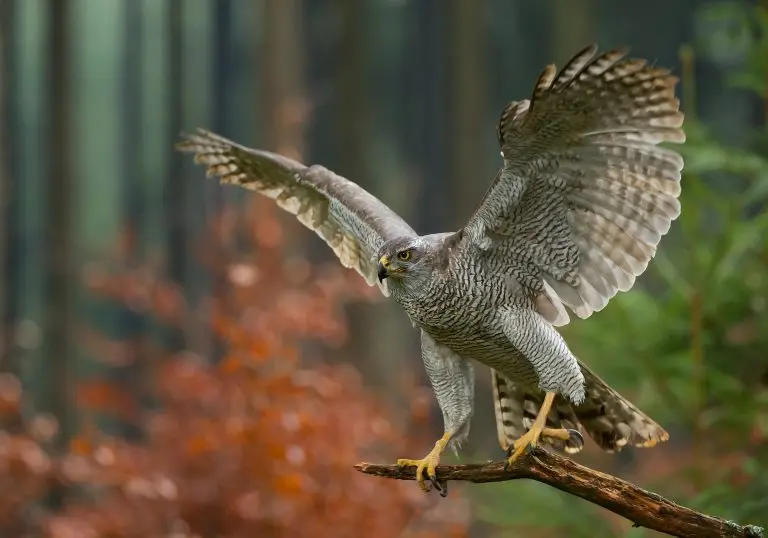
Northern Goshawks are very rare in Nebraska, but there were a couple of sightings here in 2021.
Northern Goshawks are the bigger and fiercer relative of the Sharp-shinned and Cooper’s Hawks. They are mostly gray with short, broad wings and a long tail and have a white stripe over their yellow eyes.
- Length: 20.9-25.2 in (53-64 cm)
- Weight: 22.3-48.1 oz (631-1364 g)
- Wingspan: 40.5-46.1 in (103-117 cm)
Northern Goshawks are residents in Alaska, Canada, and the mountainous west. Some younger birds may migrate to Central States during the winter.
They live in large forests, so they are hard to find, especially as they are very secretive and can be aggressive if you get too close to a nest.
Northern Goshawks live in large tracks of mostly coniferous or mixed forests. They watch for prey on high perches and mostly eat medium-sized birds and small mammals.
11. Zone-tailed hawk
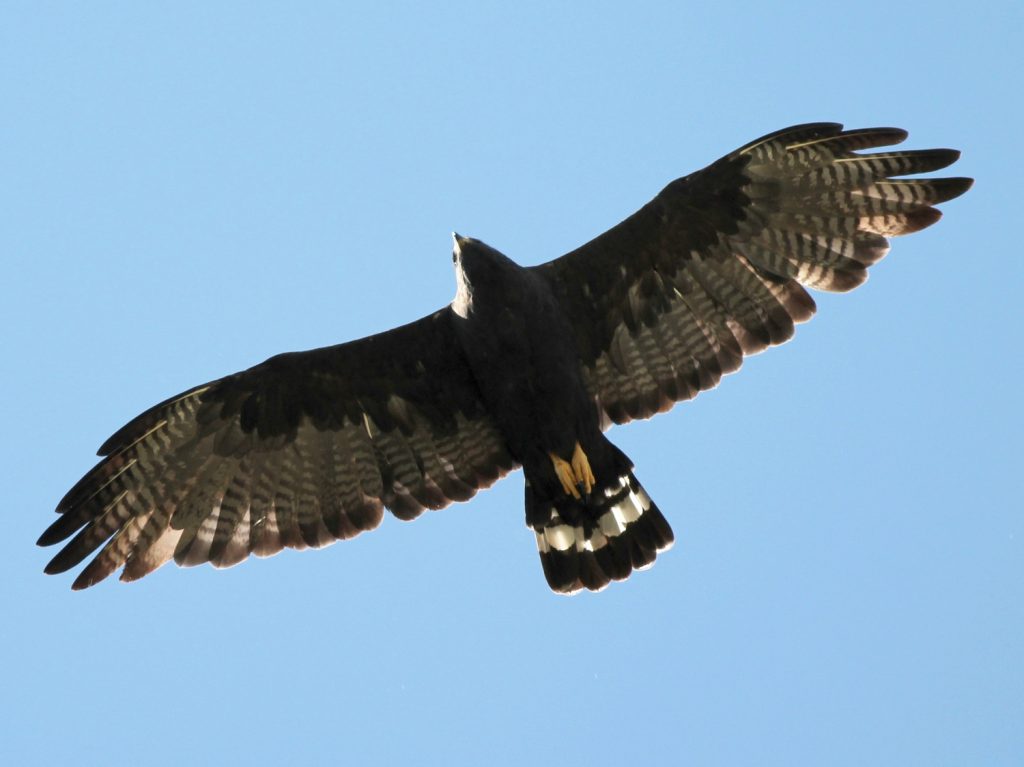
Zone-tailed Hawks are extremely rare in Nebraska and it is under the review list of the Nebraska Ornithologists’ Union.
Zone-tailed Hawks are dark, almost black hawks with barring on the flight feathers’ underside and white bands across the tail.
- Male
- Length: 17.7-22.1 in (45-56 cm)
- Weight: 21.4-23.5 oz (607-667 g)
- Wingspan: 46.9-55.1 in (119-140 cm)
- Female
- Weight: 29.8-33.0 oz (845-937 g)
- Wingspan: 46.9-55.1 in (119-140 cm)
Zone-tailed Hawks are another Hawk that can only be spotted in a few states along the border during the breeding season. In winter, they migrate further south into Mexico. In South America, Zone-tailed Hawks remain all year.
They hunt along canyons and cliffs, often in high elevations, and can be spotted soaring over desert and scrub. They will also hunt down to coastal plains.
Mammals, birds, reptiles, and amphibians make up the diet of Zone-tailed Hawks. They hunt by flying low and using the landscape as a screen to hide them until it’s too late.
How Frequently Hawks are Spotted in Nebraska in Summer and Winter
Checklists for the state are a great resource to find out which birds are commonly spotted. These lists show which Hawks are most commonly recorded on checklists for Nebraska on ebird in summer and winter.
Hawks in Nebraska in Summer:
Red-tailed Hawk 15.9%
Swainson’s Hawk 3.1%
Cooper’s Hawk 2.1%
Northern Harrier 1.1%
Broad-winged Hawk 0.7%
Sharp-shinned Hawk 0.2%
Ferruginous Hawk 0.2%
Red-shouldered Hawk <0.1%
Rough-legged Hawk <0.1%
Northern Goshawk <0.1%
Hawks in Nebraska in Winter:
Red-tailed Hawk 26.0%
Rough-legged Hawk 5.7%
Northern Harrier 5.3%
Cooper’s Hawk 3.3%
Sharp-shinned Hawk 2.6%
Ferruginous Hawk 0.4%
Red-shouldered Hawk 0.1%
Northern Goshawk 0.1%

